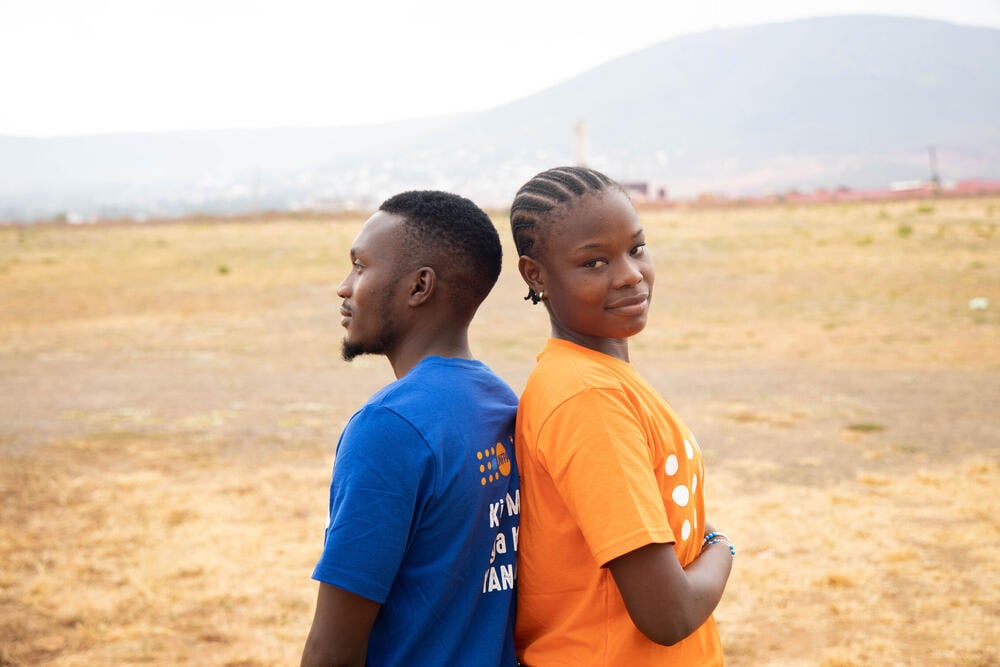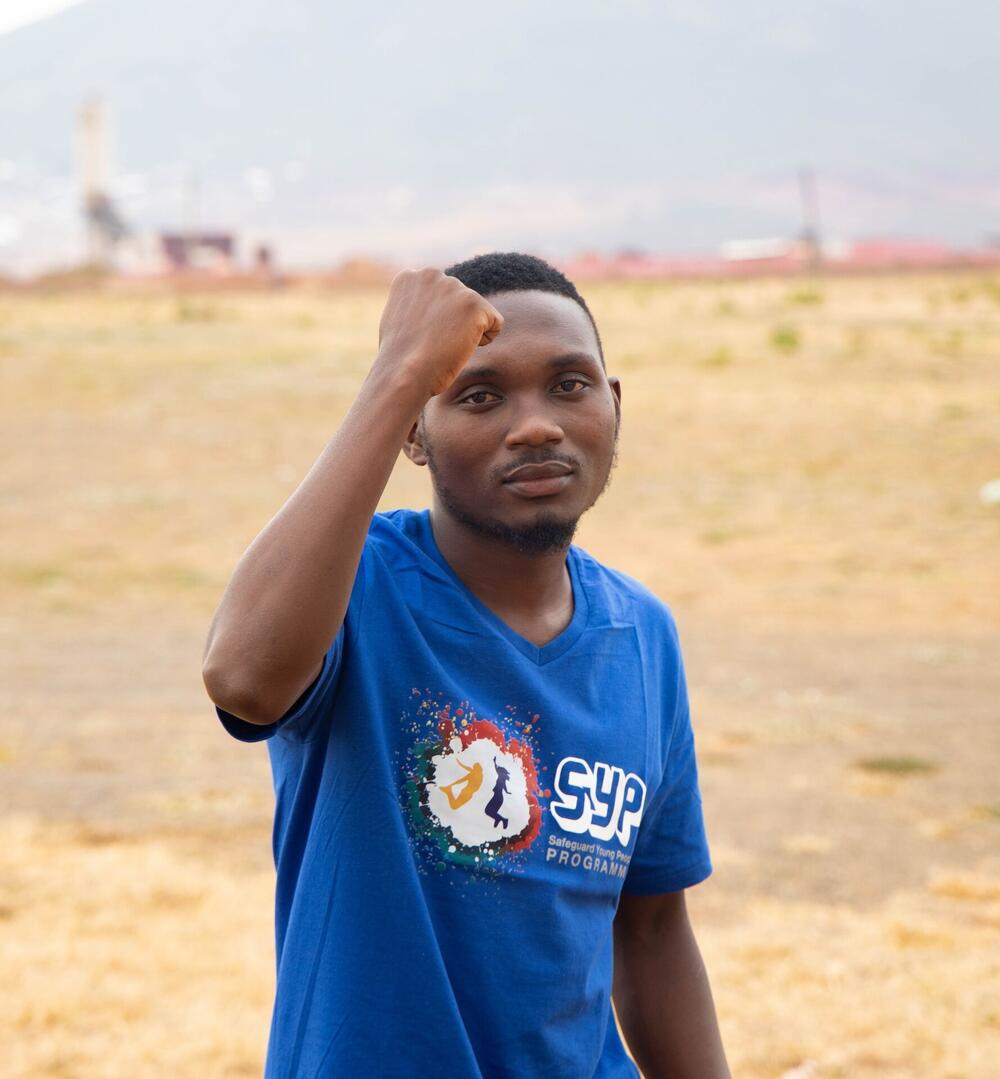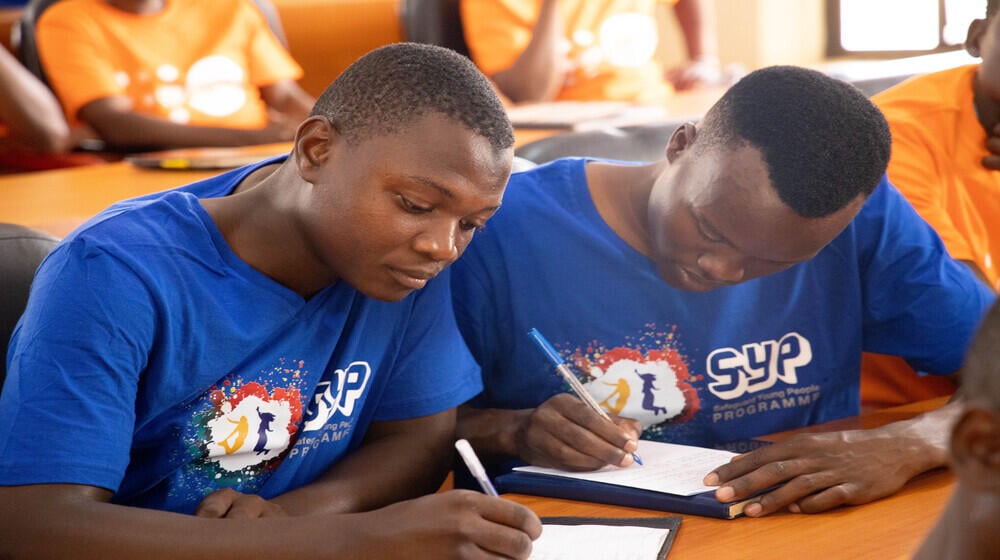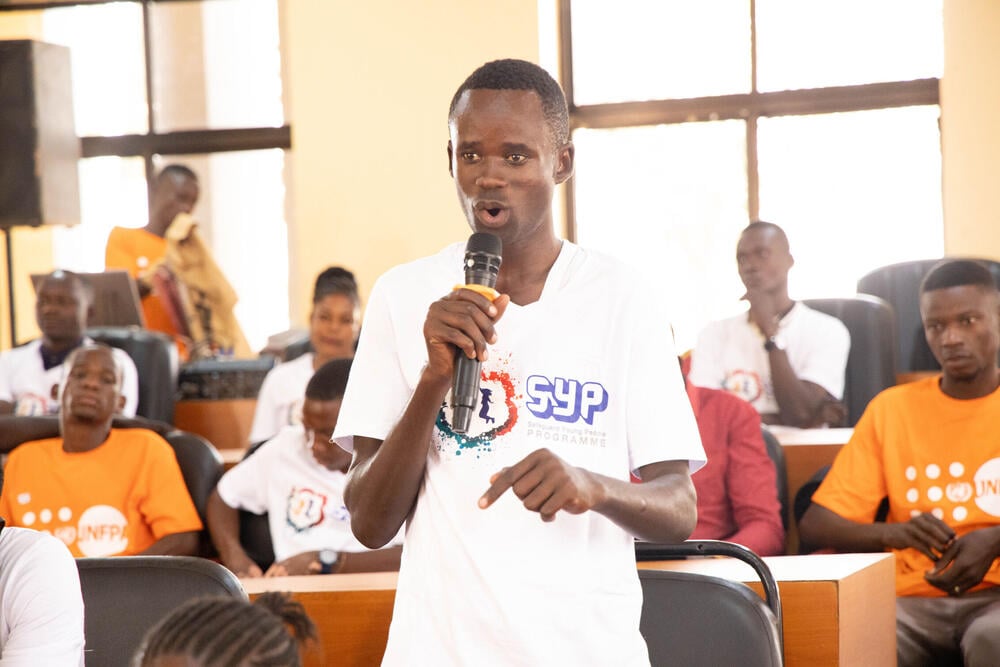“Empowered youth are the catalysts for positive change. Youth is the canvas upon which the masterpiece of tomorrow is painted. The fire within the hearts of youth lights the path to a brighter future. Youthful enthusiasm is the spark that ignites innovation.”
Tanzania Men as Equal Partners in Development (TMEPiD) Promotes Youth Involvement in Decision Making Bodies - SIMIYU
Simiyu - Tanzania. As is the situation in many other developing countries, existing cultural norms regard young people as a group that always need to be told by adults what to and not to do. This norm therefore denies young people to make decisions on their own current and future needs. Unmet social and economic development of youth therefore falls into the hands of the leaders majority of whom are adults. Therefore, for many years, youth issues have in many cases fallen between cracks of development priorities.
The government of Tanzania observed that lapse and to this end, resolved to develop supportive policies and framework that address the gaps and strategies that the country should implement. The government has integrated youth issues in its development plans from national to district level; the National SRH Policy Guideline is in place as well as the National Accelerated Investment Agenda for Adolescent and Health Wellbeing (NAIA-AHW 2019-2022), just to mention a few.
“Dreams are the fuel that powers the journey of youth. In the heart of every young person lies the potential for greatness. Youth is not a phase; it’s a revolution waiting to happen. The future belongs to those who dare to dream beyond boundaries.” Said Adam Abraham Bwiru, 27 years of age, Bariadi – Simiyu ,Tanzania
Despite the existence of these supportive policies and guidelines, young people are still facing a challenge that their concerns are addressed and they are non represented in decision-making structures. In regions like Simiyu, adolescents continue being on the receiving end as they are subjected to gender and sexual violence. For example, Simiyu is among the leading regions with a high teenage pregnancy rate of 44.7% (TDHS 2022) despite some overall notable contraceptive prevalence rate of 52%.
The disturbing trend is partly attributable to the youths’ poor access and lack of quality and equitable health services, especially contraceptive information and supplies. Social-cultural beliefs and practices still treat sexual activity as taboo, denying adolescents the knowledge and skills to make informed decisions, as well as low level representation in decision making bodies such as Health Facility Governing Committees (HFGCs), Ward Development Committees (WDCs) and Full Council and the Parliament, impact adolescents and youths more severely than younger children. Adolescents and youth account for approximately 60% of the whole population in Tanzania.

The Safeguard Young People (SYP) programme has marked a turning point in the lives of many youths in the country by providing them with awareness of different opportunities. Having been left out of the decision-making bodies for a long time, the youth have been empowered (by SYP programme) through various advocacy and engagement meetings with decision makers. The programme being implemented in two districts (ITILIMA and MEATU) of SIMIYU Region saw various platforms being availed for the youths and leaders of youths-led organizations, to meet decision makers and express their opinions
Advocacy meetings at Regional and District levels conducted by TMEPiD in Simiyu raised the main issue as, “Low involvement/participation of youth in decision making bodies that are responsible for ensuring improved accessibility to SRHR services and reducing unmet need of such among the youth,” which led to a lot of challenges among youths such as early marriages, teenage pregnancies and higher level of GBV cases. The Regional Government Authority issued a directive, after the regional advocacy meeting, that all those In- Charge at health facilities and community development desks should ensure that by August 2023, youths are involved in decision making bodies, and to follow up on representation of youths in the bodies and make sure there is a gender balance. This milestone achievement was realized after a good SMART Approach by TMEPiD was used by raising potential concern to the Regional and District Government Authorities.

Following the directive, the ITILIMA – Lugangabilili Health facility became one of the centers to start implementing the directive. Young people were encouraged to apply for the positions which were vacant within the centre (considering putting young people first, nothing about youth without youth). Government bodies were encouraged to monitor and coordinate the process and also provide technical guidance as per the policy guidelines. As a result, many youths around the health facility confirmed that they were now receiving SRHR information and education through the recruited community health workers who are youths.
A lesson from the Simiyu case demonstrates that Youth are a potential group that, if given the opportunity, can participate and lead efforts geared to respond to their existing unmet SRHR needs. Therefore, as advocates, we need to encourage policy makers and development planners to ensure youth are given the opportunity to participate in planning and decision making on issues that affect them. More efforts are needed to invest in building capacity amongst the youth and increasing their level of participation and involvement in decision making platforms. This is important to reach the goal of having a world where young people can take the leading role and access youth-friendly health services, and expand their level of economic, educational and psychosocial possibilities.
For Media Queries Contact:
Dr. Warren Bright
UNFPA Communications Analyst
United Republic of Tanzania
Mobile: +255 764 43 44 45
Email: bwarren@unfpa.org



